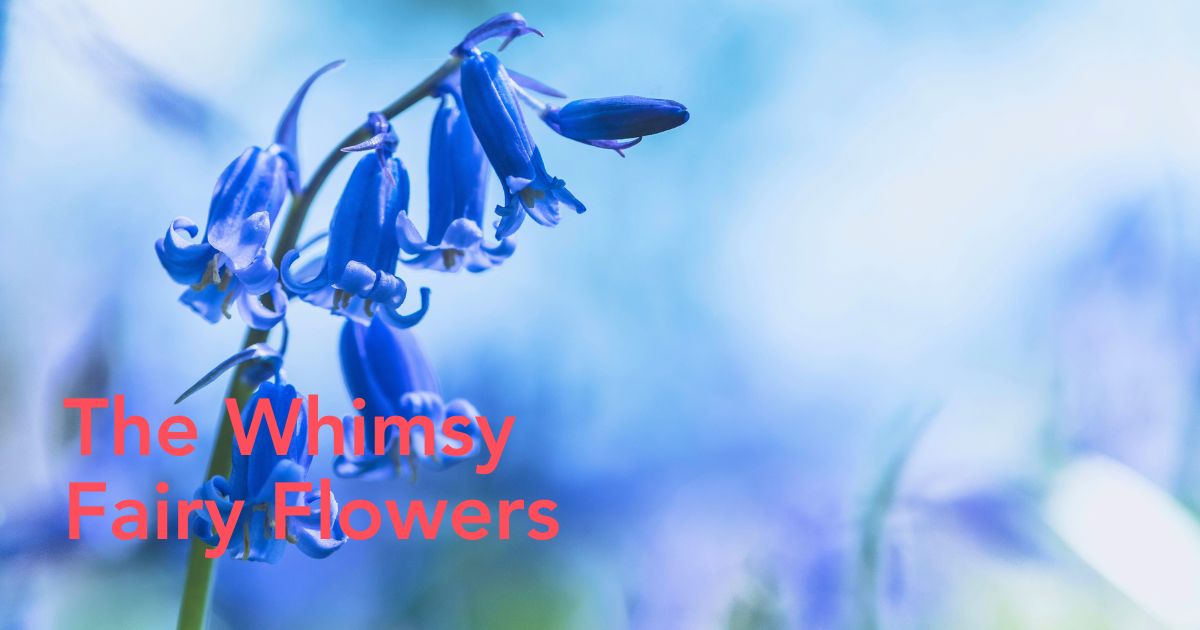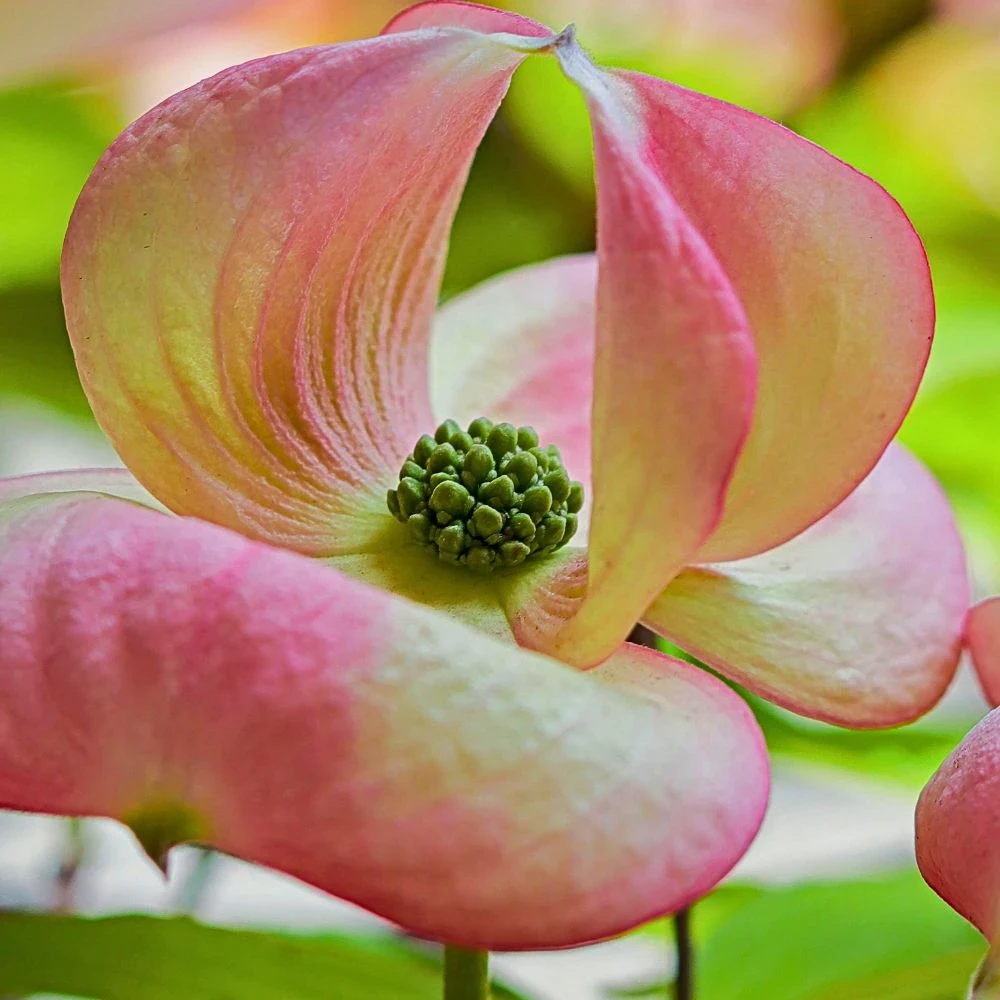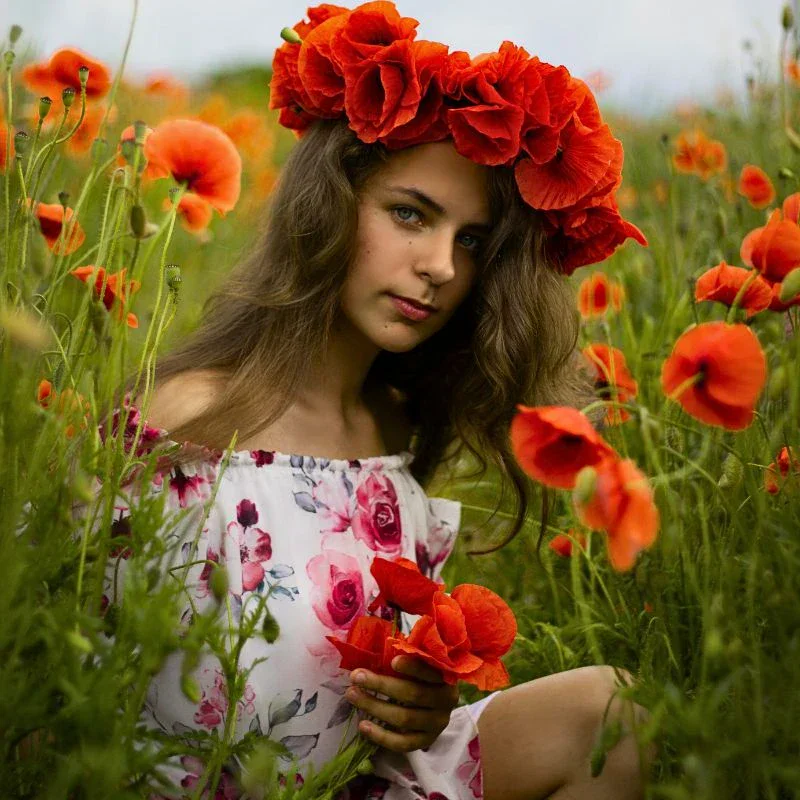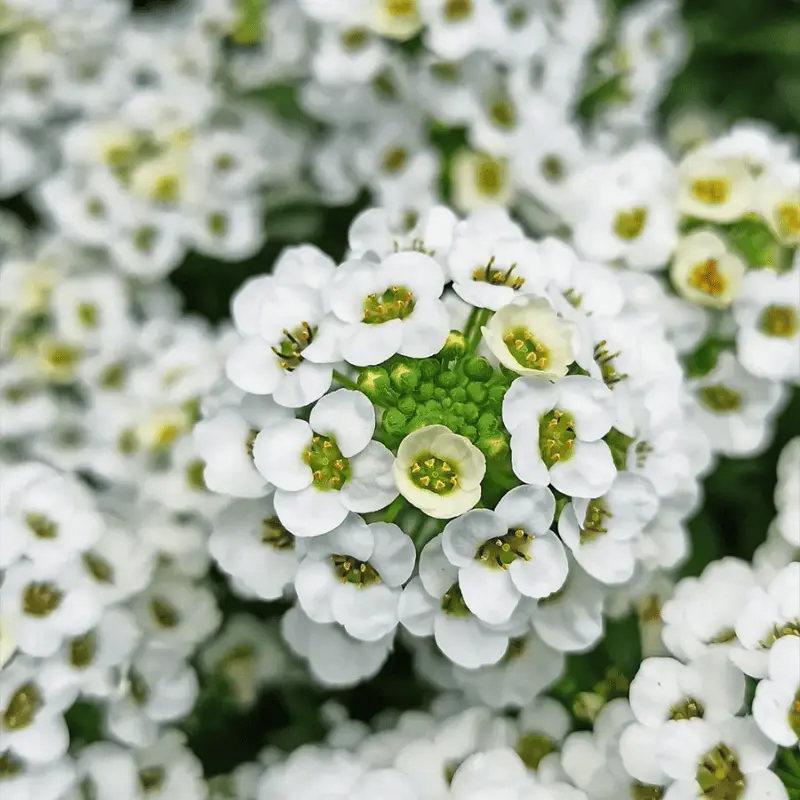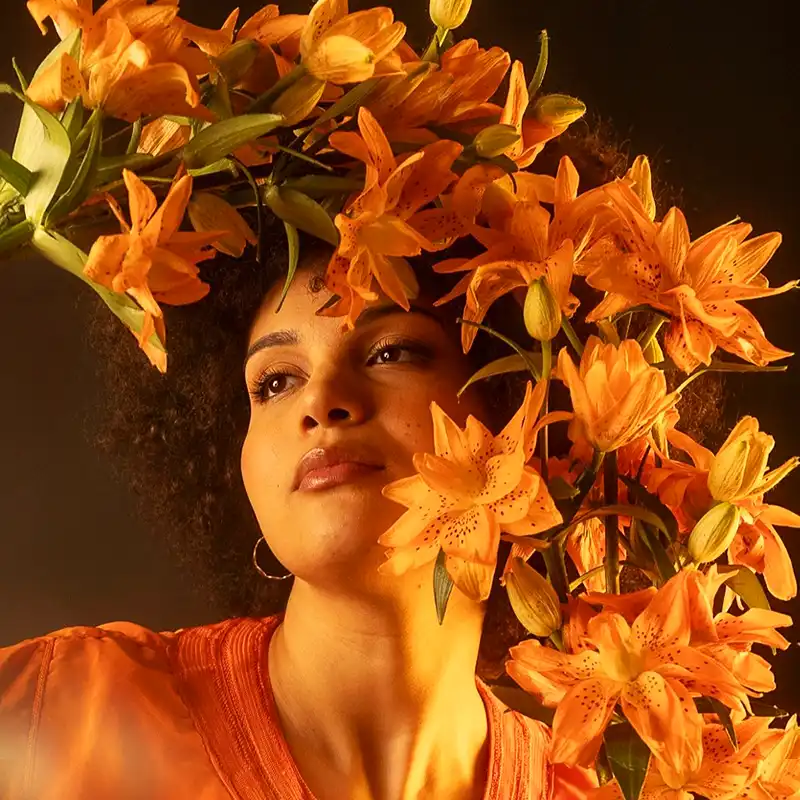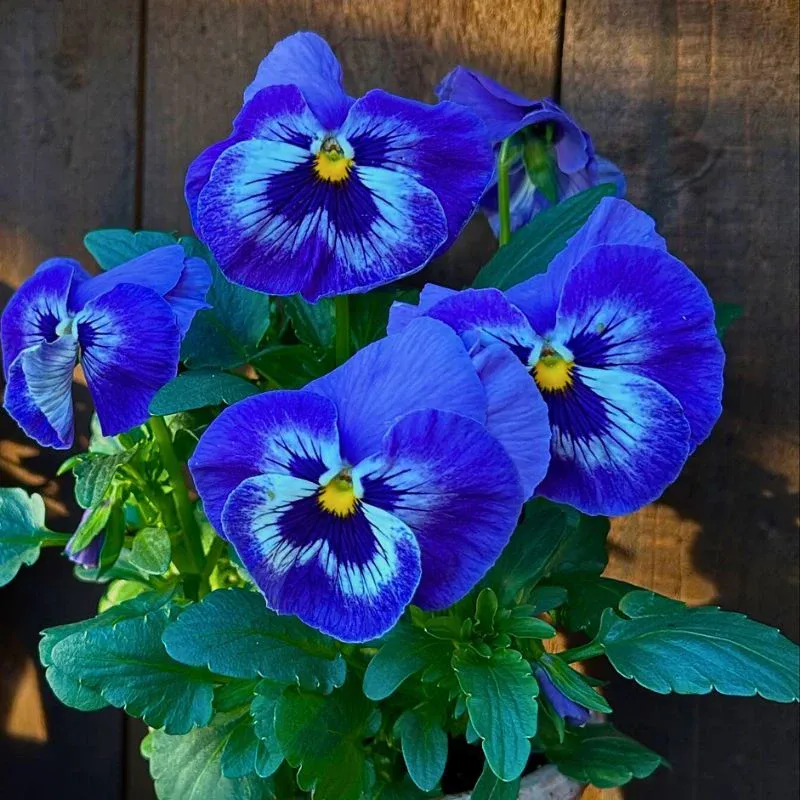The bluebell flower meaning has been shaped by history, culture, and nature itself. Known for their soft, nodding petals, bluebells have long been associated with themes of gratitude, constancy, and quiet resilience. In many traditions, they represent humility and devotion, making them a common symbol in literature and folklore. Found carpeting woodlands in the spring, their presence signals renewal and the changing of seasons. Beyond their beauty, bluebells have been linked to myths and superstitions, sometimes thought to be portals to the unknown or messengers of past memories. In this article, you'll explore the bluebells flower meaning, their cultural significance, and what they have come to represent over time.
The Bluebell Flower Meaning, Its Beautiful Appearance, and Its Connection to Spring
Bluebells are bell-shaped perennial herbs in various forms of bluebell flowers, each with unique attractiveness. Their scientific name is Hyacinthoides non-scripta, and they belong to the Asparagaceae family. It's interesting to note that these plants, whose Latin names begin with the letter H, spend the majority of their life cycle underground as bulbs. They come out to display their beauty throughout the blossoming season, which runs from mid-April to late May, frequently in great numbers.
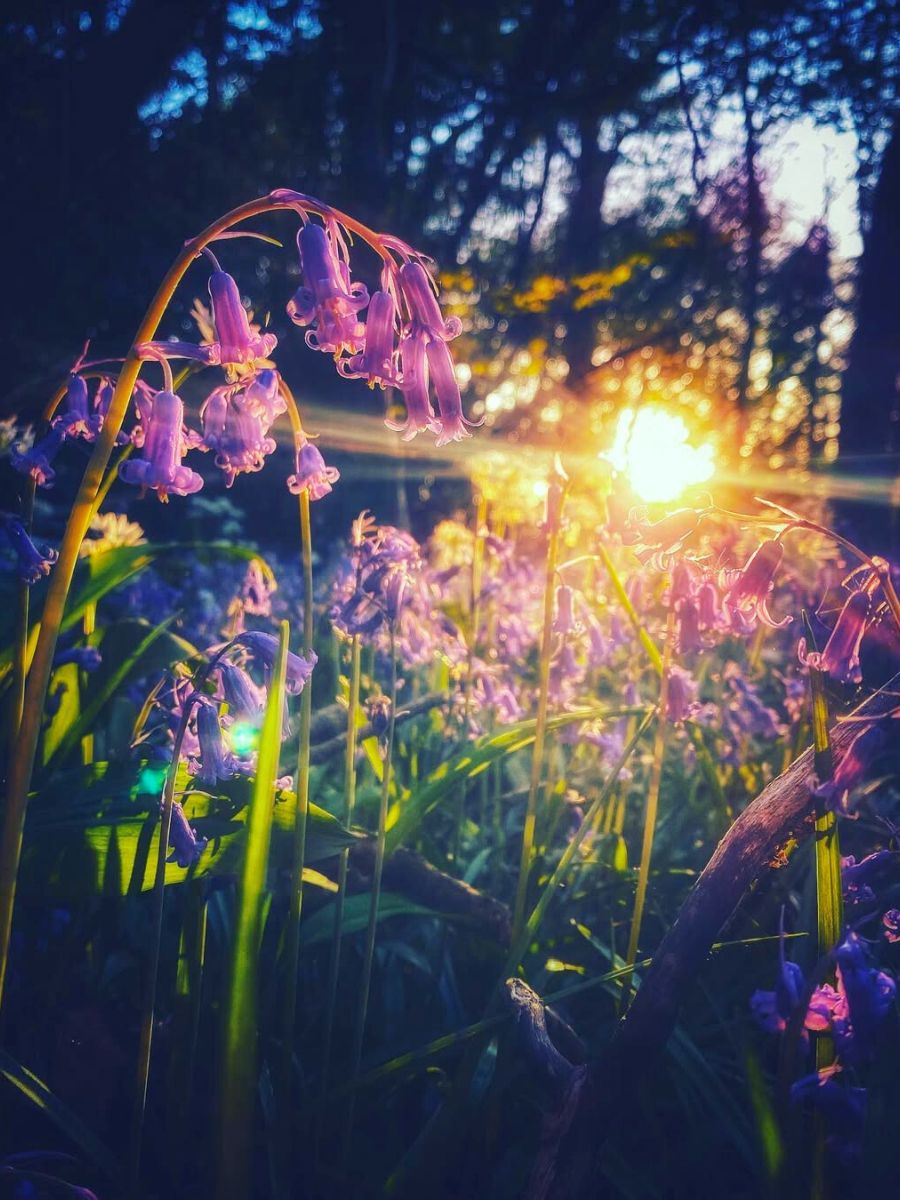
The leaves of the bluebell are narrow, have a strap-like shape, are smooth, devoid of hairs, and taper into a pointed tip. The sight of the bluebell's blossoms is hypnotic. Usually deep violet-blue in color, they have six petals with upturned tips that form a recognizable bell shape. The petals lean or bend toward one side of the flowering stalk called an inflorescence, and are well-known for their pleasant scent. It is possible to see a creamy white pollen inside the blossom. Although violet-blue is the most prevalent color for bluebells, there are several varieties with white or pink blossoms. Up to 20 of these lovely flowers can be seen on a single inflorescence.
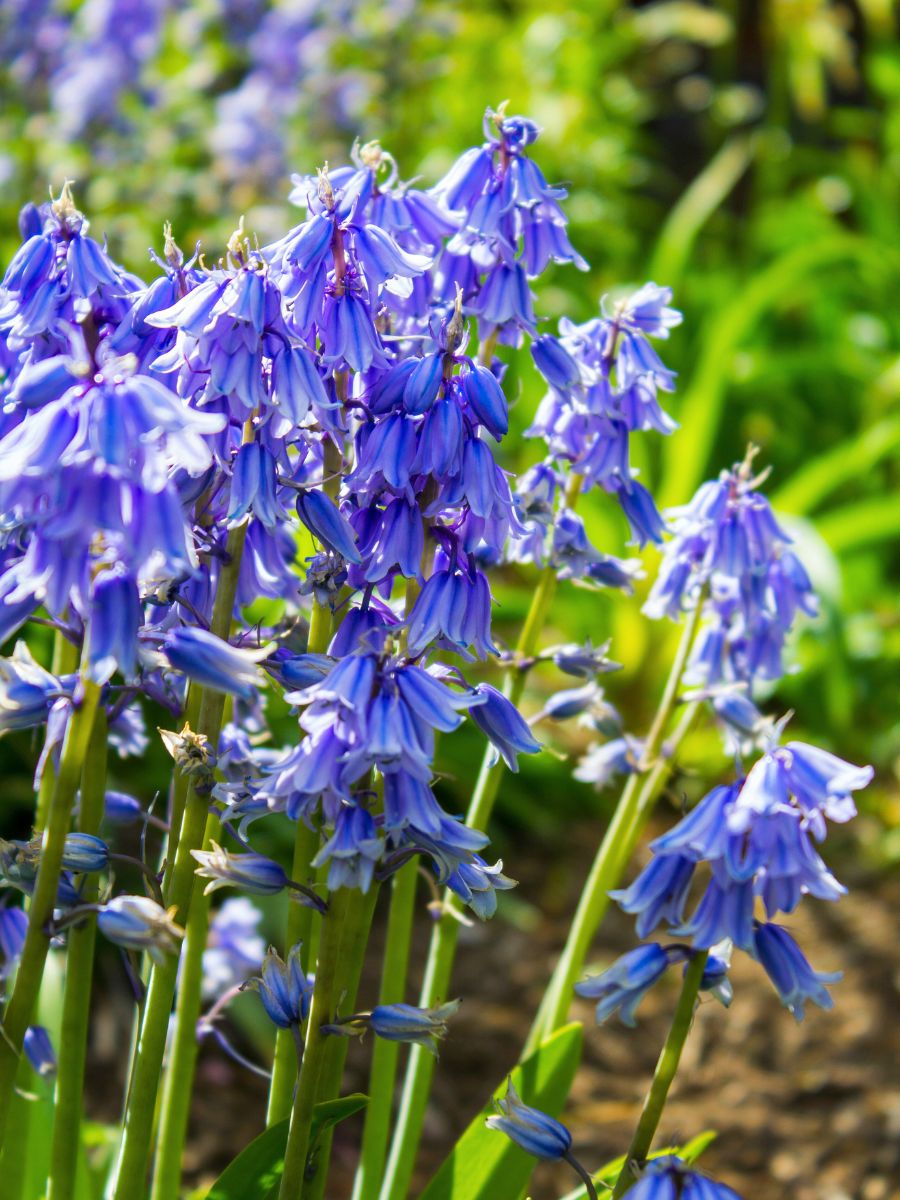
Photo: @rumpf on Unsplash
In the language of flowers, the bluebells flower meaning resembles humility, constancy, gratitude, and everlasting love. It is said that if you turn a bluebell flower inside out without tearing it, you will win the one you love, and if you wear a wreath of bluebells you will only be able to speak the truth. Not only that but did you know it's referred to as the 'fairy flower'? Keep reading to discover more about this fascinating flower and what it means in different cultures and countries around the world.
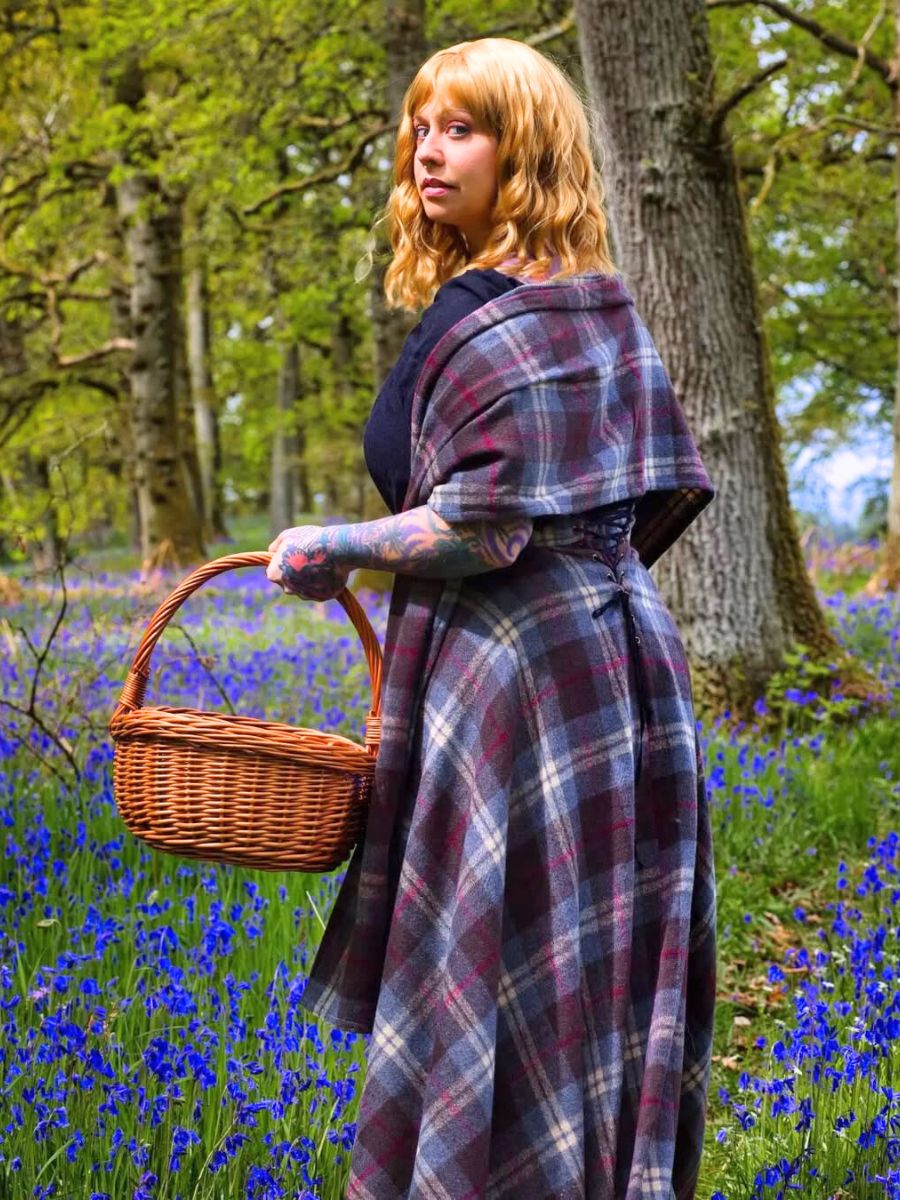
The Bluebell Flower Meaning Across Cultures
The bluebell flower meaning has been cherished across cultures for centuries, intertwining folklore, spirituality, and tradition. These delicate, bell-shaped flowers carpet woodlands with their presence, signaling the arrival of spring and inspiring countless legends. The meaning of bluebell flower varies depending on geographical regions, spiritual beliefs, and historical narratives. While often associated with gratitude, humility, and everlasting love, bluebells have deeper symbolic meanings that shift across different cultures.
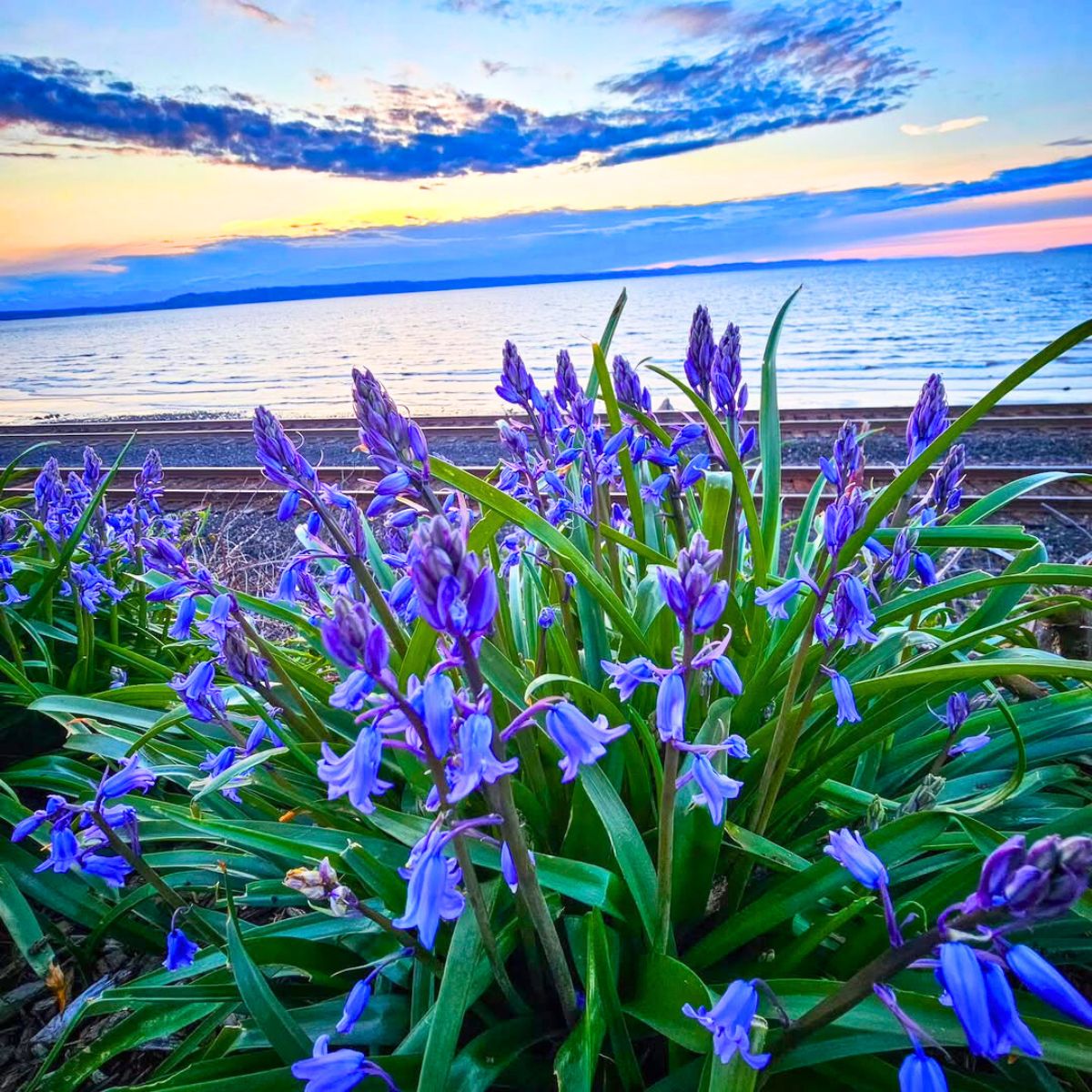
Bluebells Flower Meaning in European Folklore
In many European countries, these flowers are steeped in mythology and superstition. The flower is often linked to fairies, enchantment, and the mystical forces of the forest. Many old folktales suggest that bluebells act as fairy traps, capturing wandering spirits and drawing them into the fairy realm. It was widely believed that if you heard the delicate chime of bluebell flowers in the wind, fairies were near. Some even feared that disturbing a bluebell patch could invite bad luck or lead to an encounter with the supernatural.
In the United Kingdom, bluebells symbolize humility and devotion. This association comes from their habit of bowing their heads slightly as they grow, resembling an act of reverence. The Victorians embraced this symbolism, often including bluebells in floral arrangements to represent deep, unwavering loyalty. They were also used to convey silent love, making them meaningful flowers for those who wished to express admiration from afar.
Bluebells Flower Meaning in Celtic Tradition
The Celts viewed bluebells as portals to otherworldly realms. These flowers were thought to grow in places where magical energy was strongest, marking the entrance to fairy kingdoms. Because of this, disturbing bluebell patches were considered dangerous, as it was believed to offend the mystical beings that resided within. Celtic druids also saw bluebells as symbols of protection. They were used in charms and amulets to ward off evil spirits and misfortune.
Additionally, warriors in Celtic culture would wear bluebell flowers during battle as a token of courage and strength. The delicate but resilient nature of the flower made it a fitting emblem for those seeking bravery in the face of adversity.
Meaning of Bluebell Flower in Christian Symbolism
In Christian tradition, bluebells have been associated with humility, gratitude, and devotion to faith. The downward-facing petals resemble a person bowing in prayer, symbolizing submissiveness to divine will. Many medieval churches featured bluebell motifs in their gardens, reinforcing themes of spiritual contemplation and reverence.
During the Victorian era, flowers were commonly used to convey unspoken emotions through floriography, or the language of flowers. Bluebells were often included in religious bouquets to signify endless devotion to God. Their persistence in blooming year after year despite harsh conditions also made them symbols of resilience and faithfulness.
Bluebell Flower Meaning in Eastern Cultures
While bluebells are primarily associated with Western traditions, their symbolic meanings also resonate with certain Eastern beliefs. In Japan, for instance, flowers play a crucial role in Hanakotoba, the Japanese language of flowers. Though bluebells are not native to Japan, their characteristics align with concepts of perseverance, patience, and quiet strength—values deeply rooted in Japanese culture.
In some Chinese traditions, bluebells represent harmony and balance, much like other blue flowers. The color blue is linked to tranquility, peace, and spiritual enlightenment, making the bluebell a symbol of maintaining inner calm and clarity.
The Meaning of the Bluebell Flower in Modern Symbolism
Today, the bluebells flower meaning continues to evolve, with people appreciating these blooms for their beauty and deeper significance. Some of the most widely accepted modern meanings include:
- Gratitude and appreciation – Often given as a token of thanks, bluebells symbolize sincere recognition of someone’s kindness or impact.
- Everlasting love – Representing loyalty and devotion, bluebells are a popular flower choice for couples celebrating enduring relationships.
- Resilience and perseverance – Despite their delicate appearance, bluebells thrive in challenging environments, making them symbols of quiet strength.
- Mystery and enchantment – Their strong ties to folklore and fantasy keep the bluebell associated with the mystical and unknown.
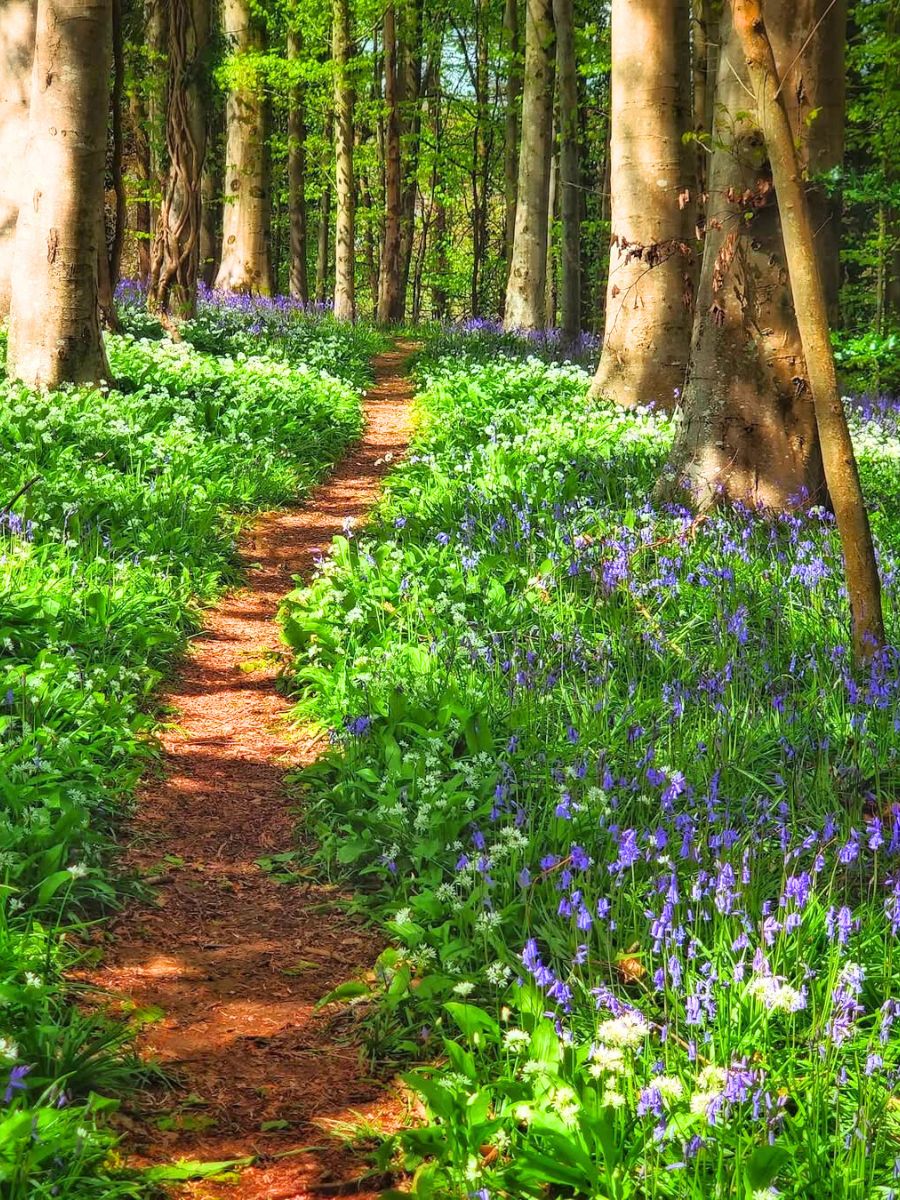
Bluebell Flower Meaning in Dreams
Bluebell flower meaning in dreams combines the symbolism of humility with gratitude. In a dream, they indicate that you are grateful for all that you have in life. Walking through a field of bluebell flowers in a dream is a positive experience. However, if they are dark blue, they can mean sadness.
They also carry the connotation that others are looking out for you and that you are doing the same for others in your waking life. In this way, bluebells have positive connotations in terms of human relationships. To care for others is another characteristic of humility. An arrogant person might not consider how others are feeling in a social situation.
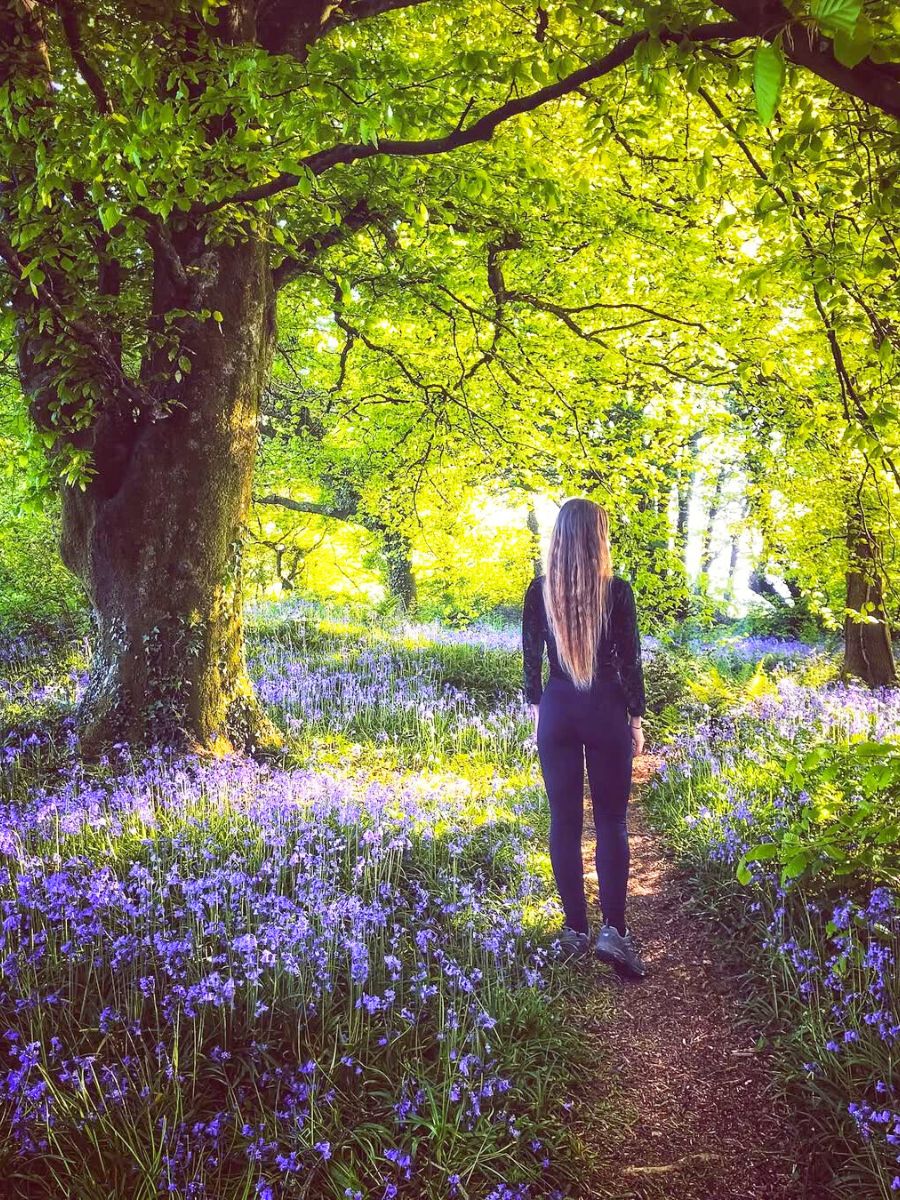
Fairies and Bluebell Flower Meaning
Bluebells are sometimes referred to as 'fairy thimbles'. For example, to call fairies to a convention, a bluebell is to be rung. In traditional lore, fairies cast spells on those who dared to pick or damage the beautiful, delicate flowers. This led to another name for bluebells: Dead Man’s bells.
The fact that bluebells were found in old woodlands contributes to their fairy-tale status. These woodlands date back to the 1600s in certain cases. Magical lore thrives on the enigmatic atmosphere of these old forests. Nowadays, fairies are frequently thought of as charming, butterfly-like beings. They haven't, however, always been seen favorably.
Fairies have historically been viewed as mischievous. Like leprechauns, fairies (also known as pixies) would play jokes on the unwary. For the forest sojourner, the sight and smell of a forest carpeted with bluebells could lead to a type of trance-like intoxication. The pixies might lead the unfortunate traveler in circles until someone came to find them. A child thus led might never be found again.
Bluebell Flower Color Symbolism
Bluebells are most commonly recognized for their signature blue shade, but they can also appear in white and pink variations. These color differences are the result of natural mutations, though some have been selectively cultivated to expand their palette. Each color carries its own meaning, adding layers of symbolism to this beloved woodland flower. Below, we’ll explore the meanings behind blue, white, purple, and pink bluebells.
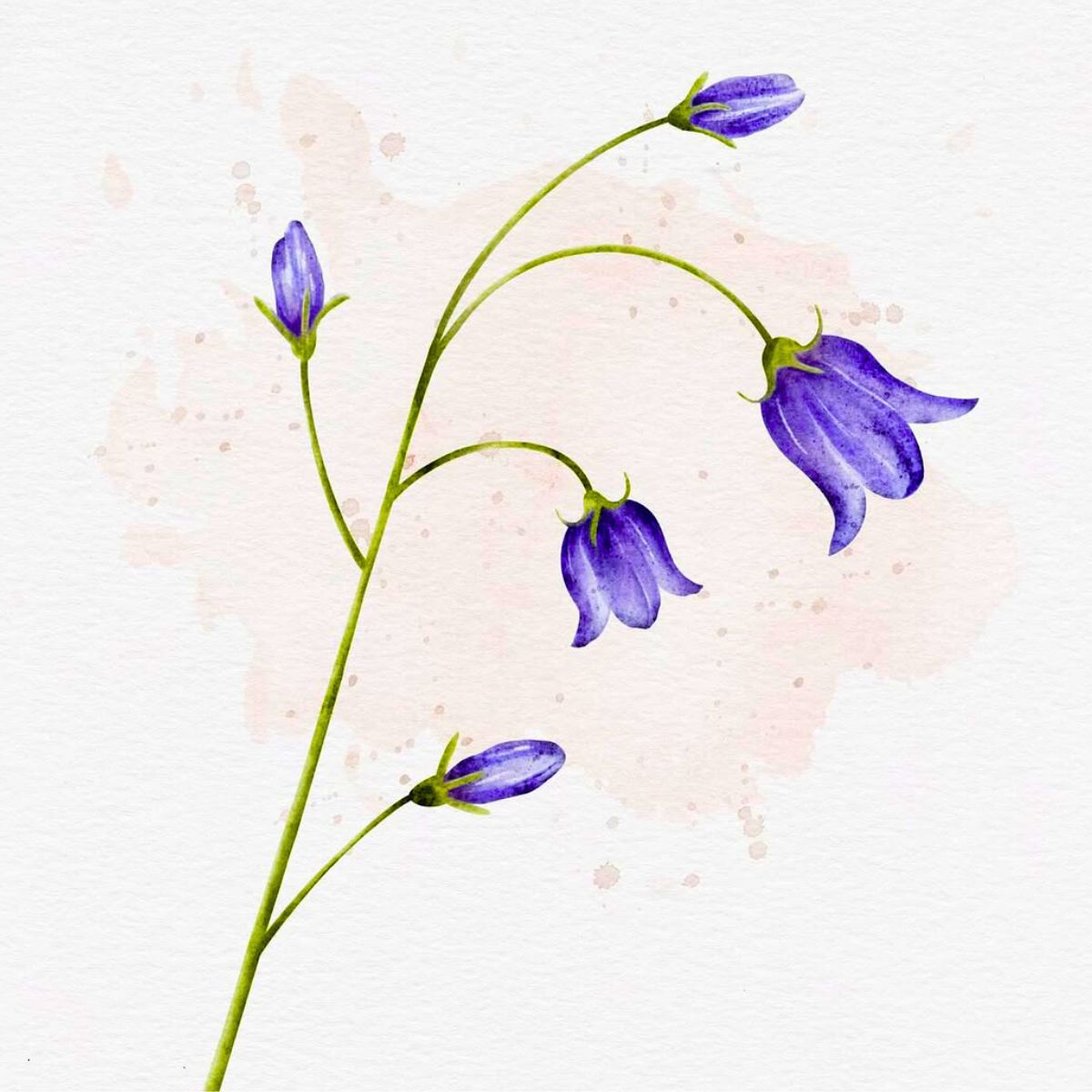
The classic blue bluebell is the most well-known and widely found variety. Blue flowers in general are linked to positive associations, as the color blue is deeply connected to elements of nature like the sky and water. Water represents life and renewal, while clear blue skies evoke optimism and boundless possibilities. Because of these natural connections, blue symbolizes freedom, resilience, and new beginnings.
True blue flowers are relatively rare in nature, making them highly valued and sought after. The color itself has a calming effect, often associated with both inner strength and serenity.
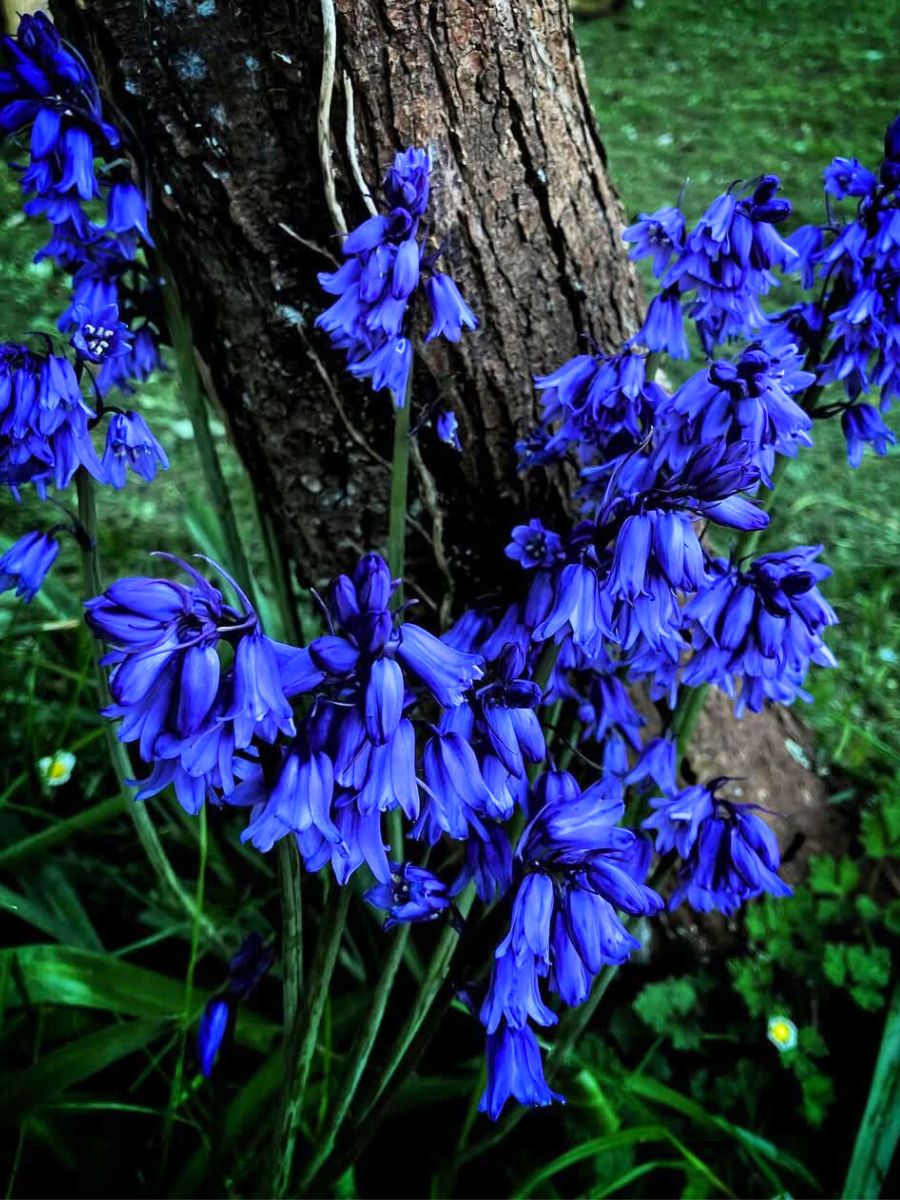
White bluebells carry meanings of purity, reflection, and innocence. Many white flowers bloom at night, often tied to the soft, feminine energy of the moon. White and yellow colors have long been associated with inner enlightenment and spirituality. Because of its neutrality, white can provide balance in a garden full of contrasting colors, offering a sense of tranquility and simplicity. In some cultures, white is also linked to themes of protection, peace, and the afterlife. While certain traditions associate white flowers with death, they are also frequently seen as symbols of heaven and eternal rest.
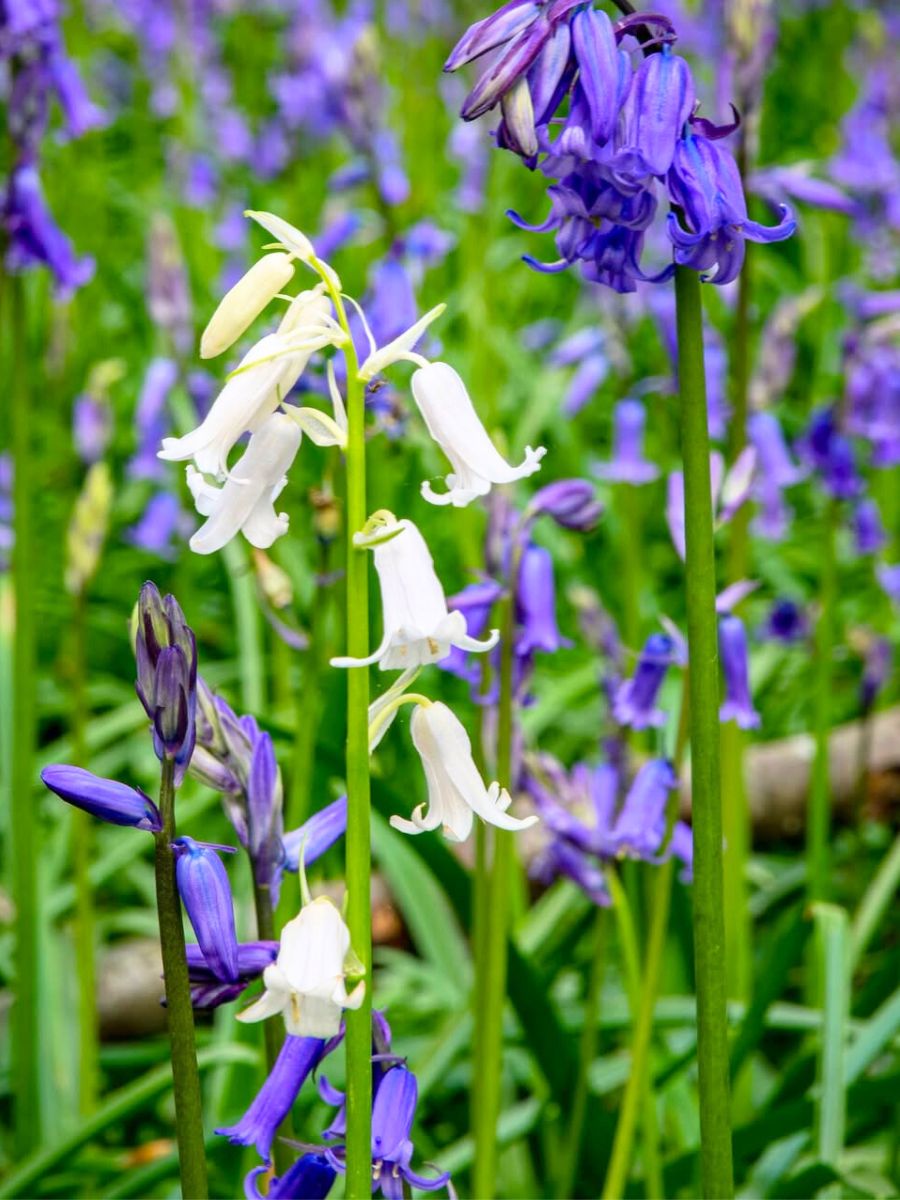
Photo: @john.price1
Purple bluebells represent forgiveness, reconciliation, and moving forward. Shades of purple and violet are known for their soothing and restorative qualities, often used to calm the mind and ease stress. Some experts in color psychology suggest that purple can help reduce tension and even diffuse feelings of anger. Because of this, purple flowers are often given as a gesture of peace or an apology, making them a meaningful choice when seeking to mend relationships.
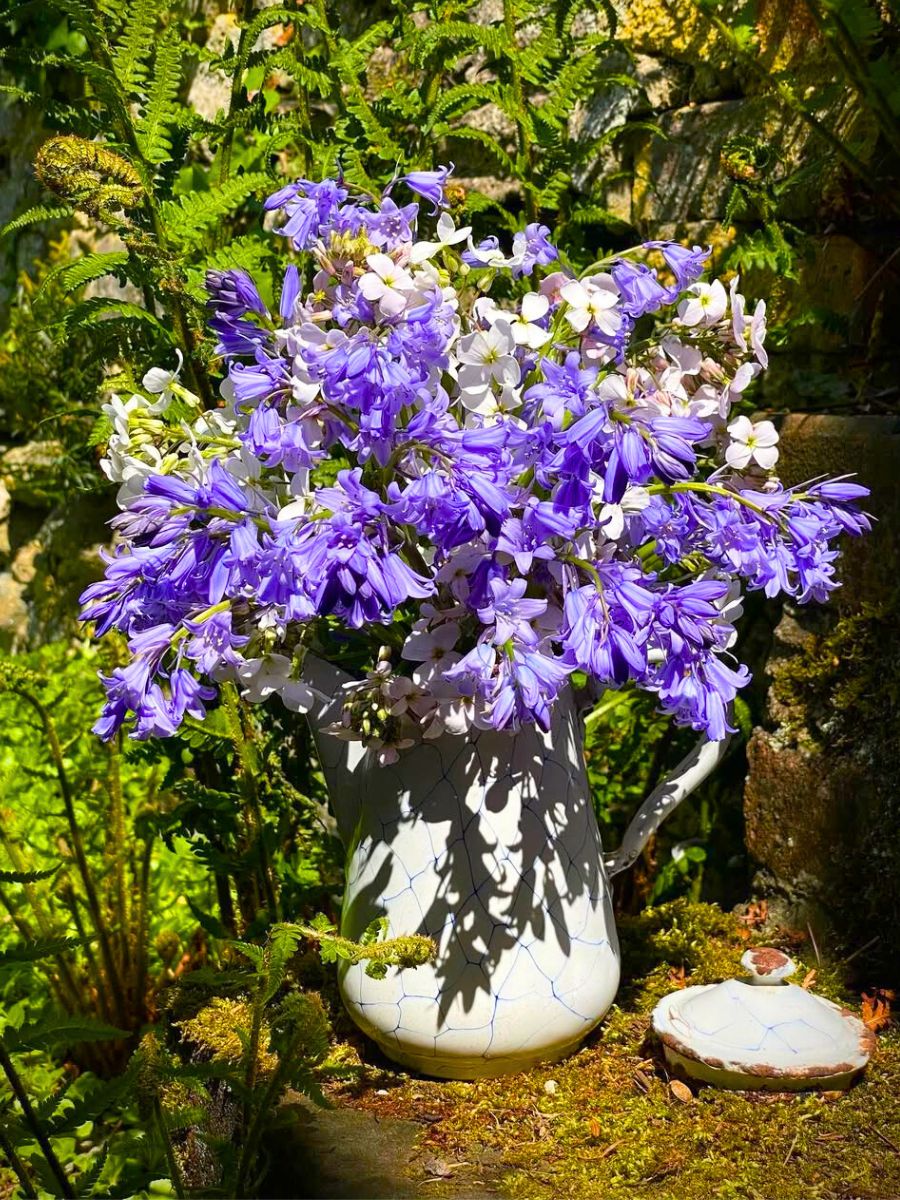
Photo: @ellensgarten
Pink bluebells are a symbol of love and recovery from emotional trauma, loss, or worry. Warmth, compassion, attractiveness, and an outward focus are all associated with the color pink. Love, femininity, romance, and baby girls are all connected to the color pink.
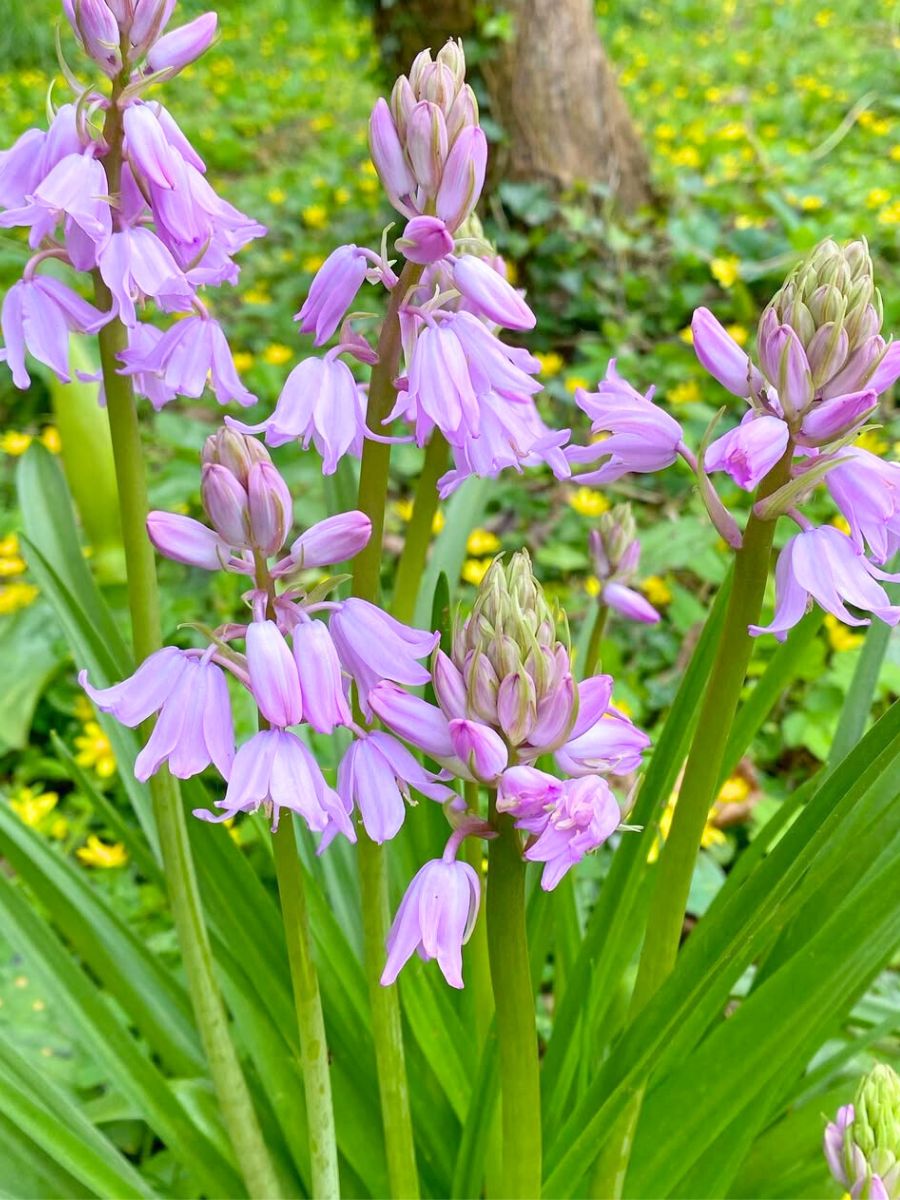
All this said, are you a fan of bluebell flowers? They're gorgeous to have around, plus the bluebell flower meaning is very special in different cultures and countries worldwide.

